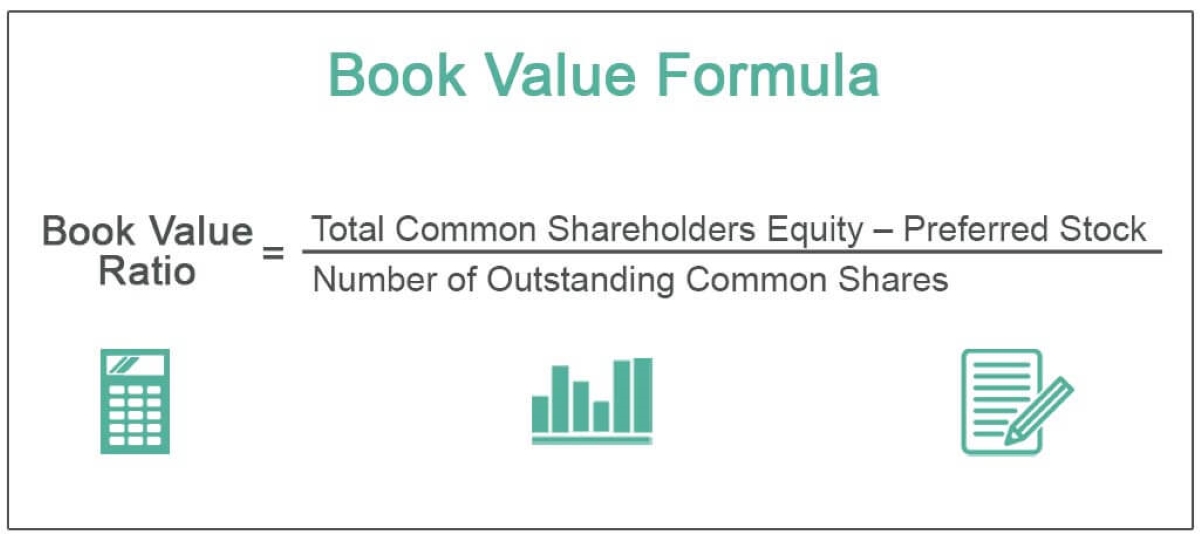Home>Finance>Constant Currencies: Definition, Calculation, Examples


Finance
Constant Currencies: Definition, Calculation, Examples
Published: November 1, 2023
Learn the definition, calculation, and examples of constant currencies in finance. Understand how this key concept impacts businesses and financial analysis.
(Many of the links in this article redirect to a specific reviewed product. Your purchase of these products through affiliate links helps to generate commission for LiveWell, at no extra cost. Learn more)
Constant Currencies: Definition, Calculation, Examples
In the fast-paced world of finance, it’s essential to keep track of currency fluctuations. For businesses operating on a global scale, these fluctuations can have a significant impact on their financial performance. One way to mitigate this risk is by using constant currencies, a powerful tool that allows businesses to measure their performance without the influence of changing exchange rates. In this blog post, we will explore the definition of constant currencies, how they are calculated, and provide some examples to illustrate their importance in the financial world.
Key Takeaways:
- Constant currencies are used by businesses to measure financial performance without the impact of currency fluctuations.
- Calculation of constant currencies involves adjusting financial figures using a fixed exchange rate for a specific period.
So, what exactly are constant currencies? In simple terms, constant currencies refer to a method of measuring financial performance while keeping the exchange rate constant. This allows businesses to accurately analyze their performance across different time periods and geographies, without the distortion caused by currency fluctuations. By eliminating the impact of currency movements, constant currencies provide a more accurate representation of a company’s underlying performance.
Calculating constant currencies involves adjusting financial figures by using a fixed exchange rate for a specific period. Here is a step-by-step guide on how to calculate constant currencies:
- Identify the base currency: The base currency is the currency in which the financial figures are originally reported.
- Select the desired exchange rate: Choose a fixed exchange rate for the specific period you want to measure.
- Apply the exchange rate: Multiply the financial figures by the chosen exchange rate to adjust them to the constant currency.
Let’s illustrate the importance of constant currencies with an example. Imagine a multinational company that operates in various countries. If this company simply looked at its financial performance using reported figures, it could be misled by fluctuations in exchange rates. For instance, the company’s revenue in a particular country may have increased by 10%, but if the local currency depreciated by 15% against the base currency, the reported revenue growth would be negative. By using constant currencies, the company can accurately assess its performance and make informed decisions based on reliable data.
Constant currencies are particularly helpful when analyzing trends and making comparisons across different time periods. They allow businesses to evaluate the success of their strategies and identify areas for improvement, regardless of currency fluctuations. Whether it’s assessing sales growth, profit margins, or any other financial metric, constant currencies provide a stable foundation for decision-making.
In conclusion, constant currencies are a valuable tool for businesses operating in a global economy. By eliminating the influence of exchange rate fluctuations, constant currencies allow for a more accurate assessment of financial performance. Whether you’re analyzing past trends or planning for the future, using constant currencies can help you gain valuable insights and make informed decisions. So, next time you’re analyzing financial data, don’t forget the power of constant currencies!














